Villarrica Facts
- The short term of Villarrica serves as the most frequently used name for this impressive creation of long-term geological forces. This moniker, however, originates in the Spanish Language. It doesn’t represent the original term first applied to the marvel.
- This remarkable formation also has a few other names, though. Those derive from the Mapuche and Mapudungun languages. That’s because it also bears the short names of Rucapillán and Ruka Pillañ, in the native tongues of these local Indigenous Peoples.
- The native inhabitants of the region long knew of its presence, of course. How long remains a mystery. The first sightings of it by Europeans, however, likely occurred in the mid-16th century. The first recorded mention of it refers to an eruption in 1552.
- It’s also maintained an active status. In fact, this volcano ranks as one of the most active in its region. Due to this, it holds great importance to scientific research. It’s one of 9 volcanoes currently being monitored by the Deep Earth Carbon Degassing Project.
- Given this level of activity, human activities on Villarrica face potential threats. Despite this, however, many people come to view the mountain. The site’s closely monitored therefore, and visits are forbidden if experts believe eruptions to be imminent.
Related Articles
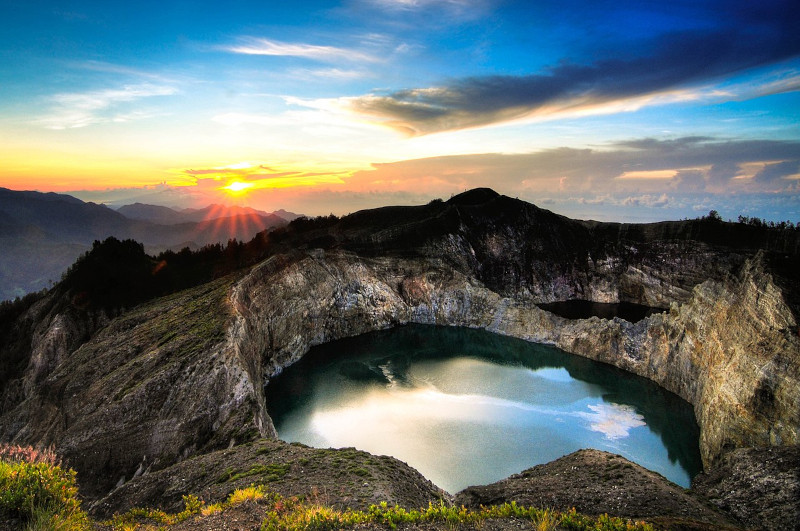
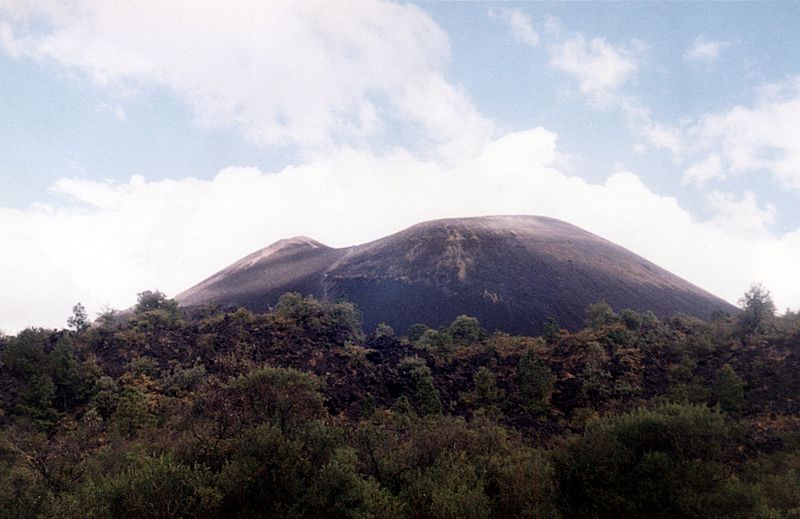
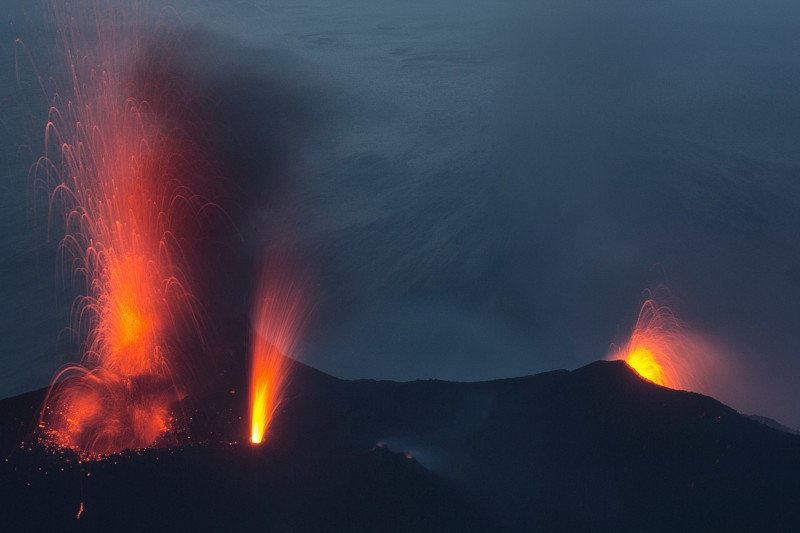
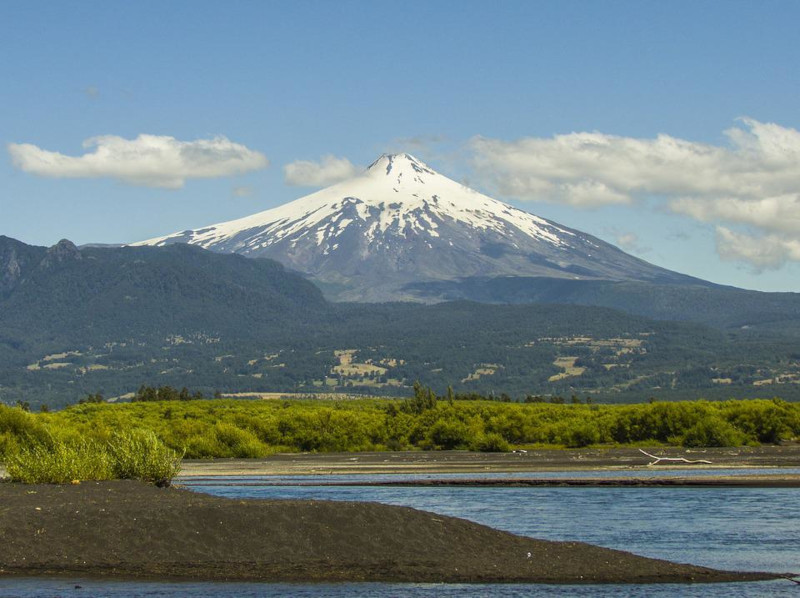
Villarrica Physical Description
The astonishing Villarrica stands out from the surrounding landscape. It also merits attention for several reasons. That’s due in part to the fact that its mere height constitutes only part of its size. The mountain actually consists of far more than just the beautiful cone.
That’s not to say that feature isn’t impressive in itself, though. The nearly perfect cone has a summit that measures a remarkable 5,167 ft (1,575 m) above the surrounding terrain. The top of the volcano further has an amazing elevation of roughly 9,380 ft (2,860 m) above sea level.
This masterpiece of volcanic forces actually covers a large area, however. That’s due to the fact that, after the cone itself, its sides slope gently downward and outward, to a vast distance. The mountain itself thus actually covers a total area of 154.4 sq mi (400 sq km)!
It also boasts an impressive volume, because of its area of coverage. Though experts can’t be certain, estimates place its volume at approximately 60 cubic mi (250 cubic km). This area itself also serves as home to a wide variety of smaller, though likewise remarkable, features.
The main body of the marvelous Villarrica holds many fascinating smaller, though equally wondrous, features to behold. These include several volcanic caves, and an abundance of smaller scoria cones. Amazingly, its upper regions also hold several small glaciers.
Villarrica Location, Formation, and Eruptions
The stunning volcano named Villarrica formed in a region of the globe well known for its abundance of geological wonders. Many of those marvels consist of features similar to this one. That’s because it formed on what’s now known as the continent of South America.
More specifically, though, it lies within the boundaries of what’s now the country of Chile. It sits roughly 470 mi (756 km) south of Santiago. This location additionally places it in the southern portion of the country, as well as the far southern part of the continent overall.
Scientists remain uncertain of the precise timeframe for its creation. Most estimates, however, place its original formation at sometime between 1 -2 million years ago. It also sits atop an old fracture in the earth’s crust, known as the Mocha-Villarrica Fault Zone.
During a particularly powerful eruption, around 100,000 years ago, it took its current general shape. At that time, however, its caldera measured an astounding 4.03 x 2.6 mi (6.5 x 4.2 km)! This collapsed once again, about 13,700 years ago, into a much smaller size.
The modern-era eruptive history of Villarrica began in 1552. During the following decade, it erupted numerous times. Though most were relatively small eruptions, like Stromboli, the original one during that period deposited layers of ash up to 124 mi (200 km) away.
It remained comparatively quiet after the 17th century, with only very small rumblings on occasion. The powerful stratovolcano returned to a more active status in 1963 and 1964, though. Since that time, it’s experienced dangerous eruptions in 1971, 1972, and 2015.
Features Sharing Its Region
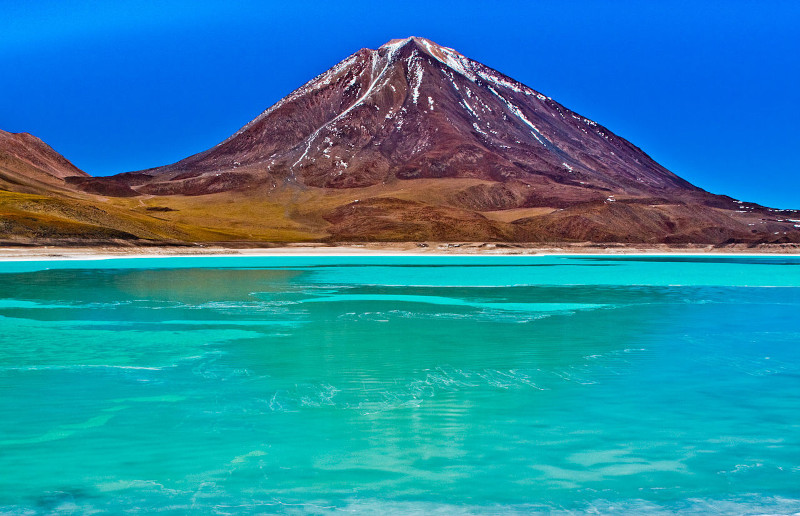
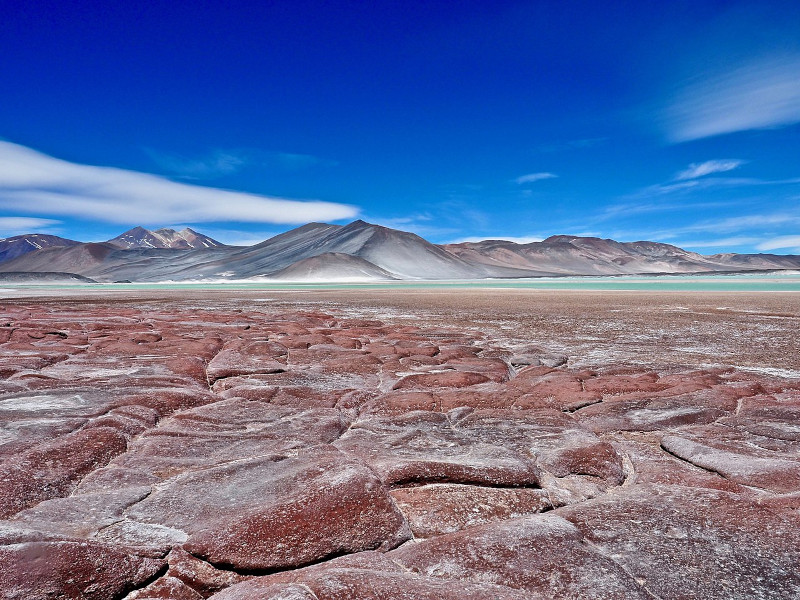
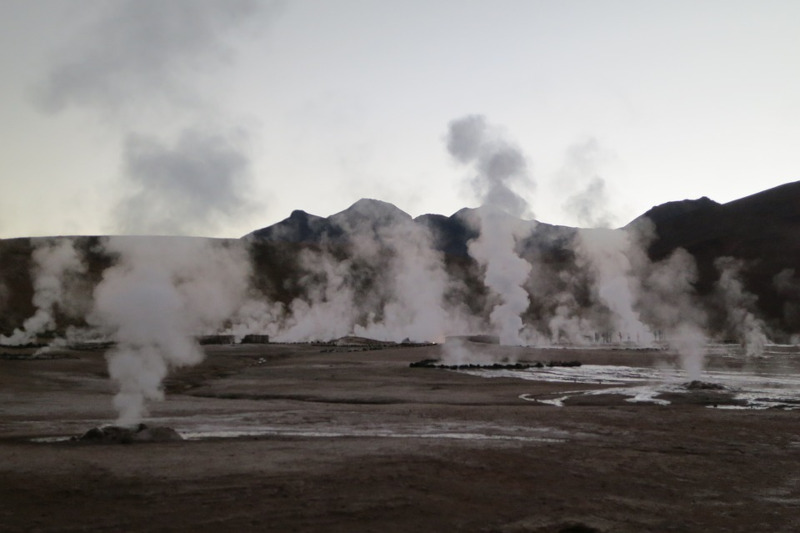
Check out our other articles on 7 Splendid Canary Islands Species, Porbeagle, Namib Desert, Swamp Dacrydium, Orange Oakleaf, European Honey Buzzard, Aldabra Giant Tortoise
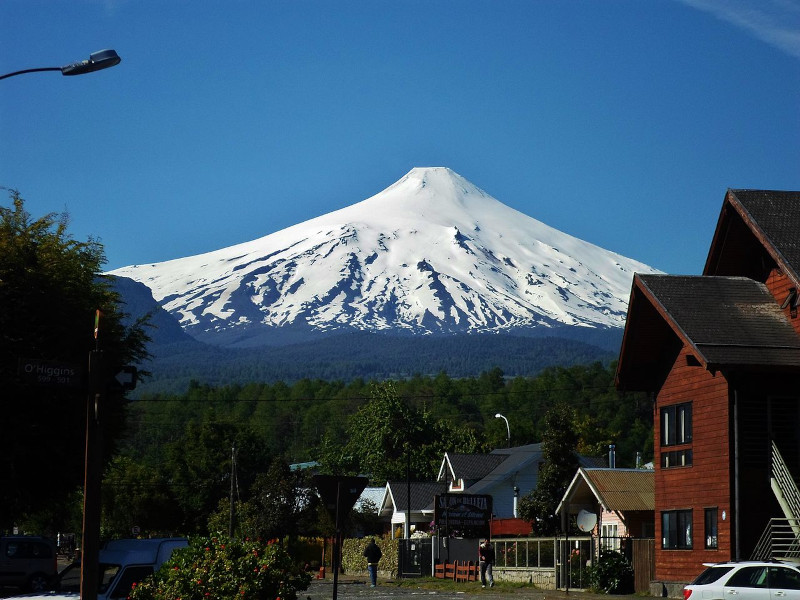
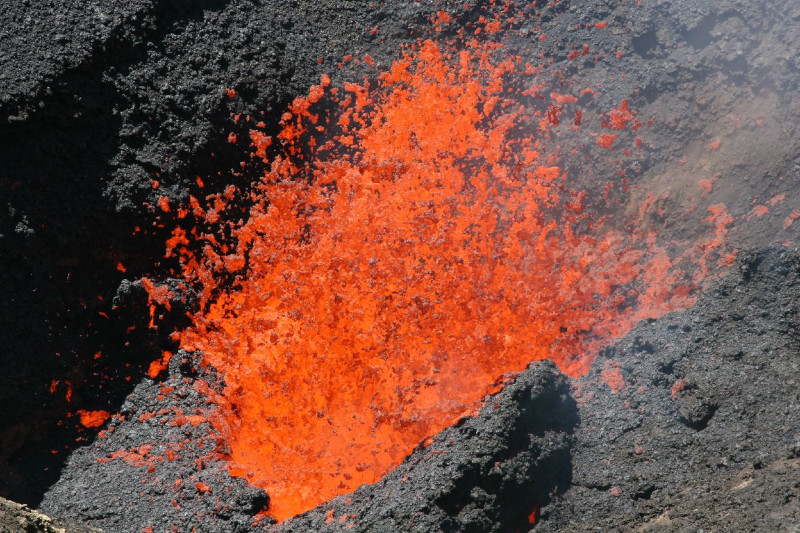









Leave a Reply